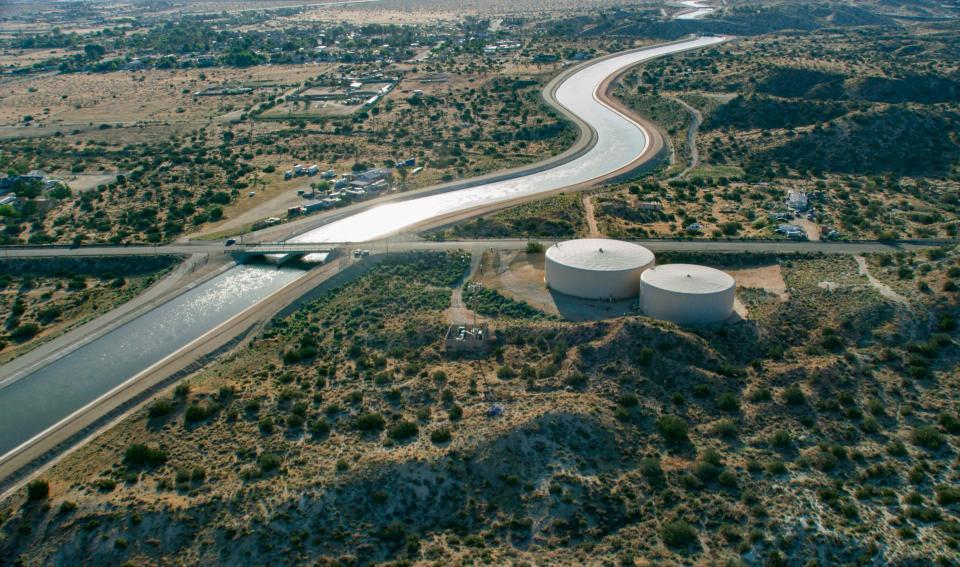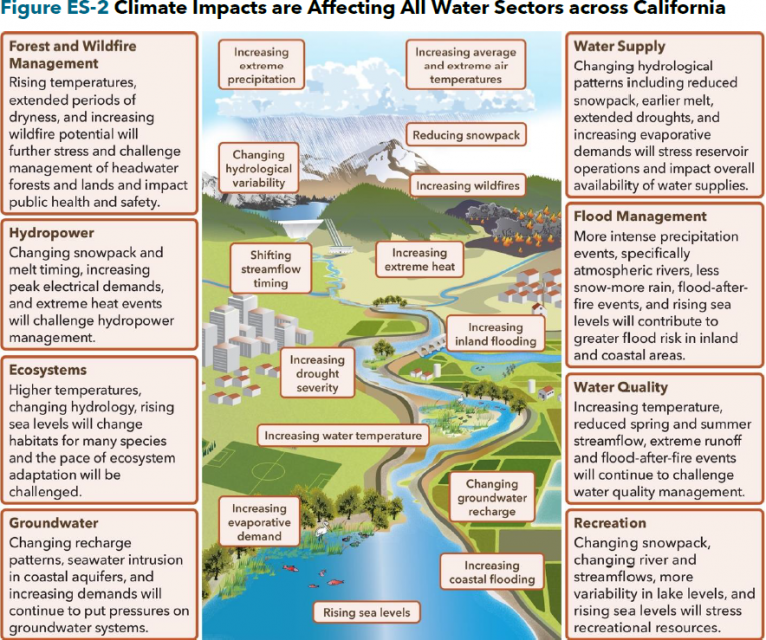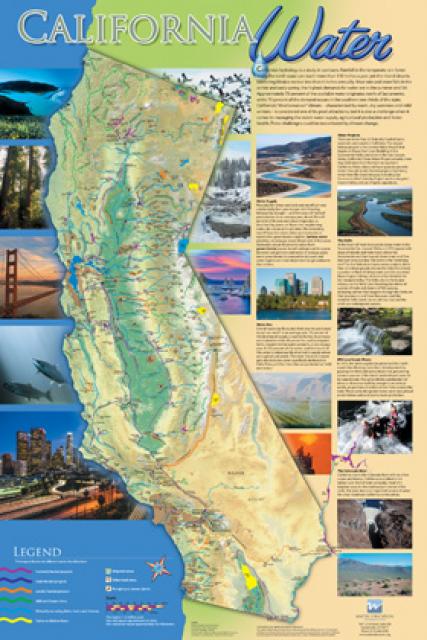California Water Plan
Every five years the California Department of Water Resources updates its strategic plan for managing the state’s water resources, as required by state law.
The California Water Plan, or Bulletin 160, projects the status and trends of the state’s water supplies and demands under a range of future scenarios.
First published in 1957, the blueprint has evolved from growth-oriented visions for more dams, reservoirs and canals to strategies for managing water more sustainably, with greater emphasis on water conservation, environmental protection and integrated watershed management.
Update 2023
Now, with climate change recognized as an urgent threat, the draft Update 2023 focuses on strengthening the resilience of watersheds, water systems and communities.
The draft plan released in September 2023 is based on the premise that “California’s 20th-century water-infrastructure design and operations are not adequate for managing climate change impacts,” including:
- More bouts of extreme heat
- More variable precipitation
- More frequent and more severe droughts, floods and wildfires
“Given recent and future anticipated variability and intensity in precipitation and temperature with climate change, it is expected that California’s existing flood, water, and wastewater management and treatment systems will be unable to deliver the same level of quality and service as in the past,” the plan states.
The plan notes several key issues and challenges, including:
- Water-related sectors often operate in siloes, resulting in unintended or secondary consequences, inefficiencies, and unrealized opportunities.
- Many regional and local agencies currently lack the funding, data, tools, or institutional capacity to understand the climate change vulnerabilities and adaptation opportunities unique to their watershed.
- Insufficient alignment among state agency mandates, policies, plans, programs, regulatory frameworks, funding opportunities, and datasets impede the state’s ability to provide coordinated, agile, and flexible guidance, assistance and oversight to regions and watersheds.
- Climate change impacts are disproportionately affecting frontline communities in California because they have fewer resources and less institutional capacity to adapt to impacts resulting from physical (built and natural), social, political or economic factors.
The plan also addresses climate impacts on Native American tribes and acknowledges racial inequities in representation and influence in water management decisions.
“Implementing climate adaptation strategies provides new opportunities and approaches to modernize aging infrastructure and ensure that our systems work better for all Californians, especially those most vulnerable to the effects of climate,” the plan states. ”Investing in natural infrastructure also offers opportunities to further uplift frontline communities by improving environmental health, a key indicator of a thriving and resilient community.”
The plan outlines a variety of current initiatives to become more inclusive and presents a “roadmap to resilience” listing current and recommended actions involving several state agencies.












